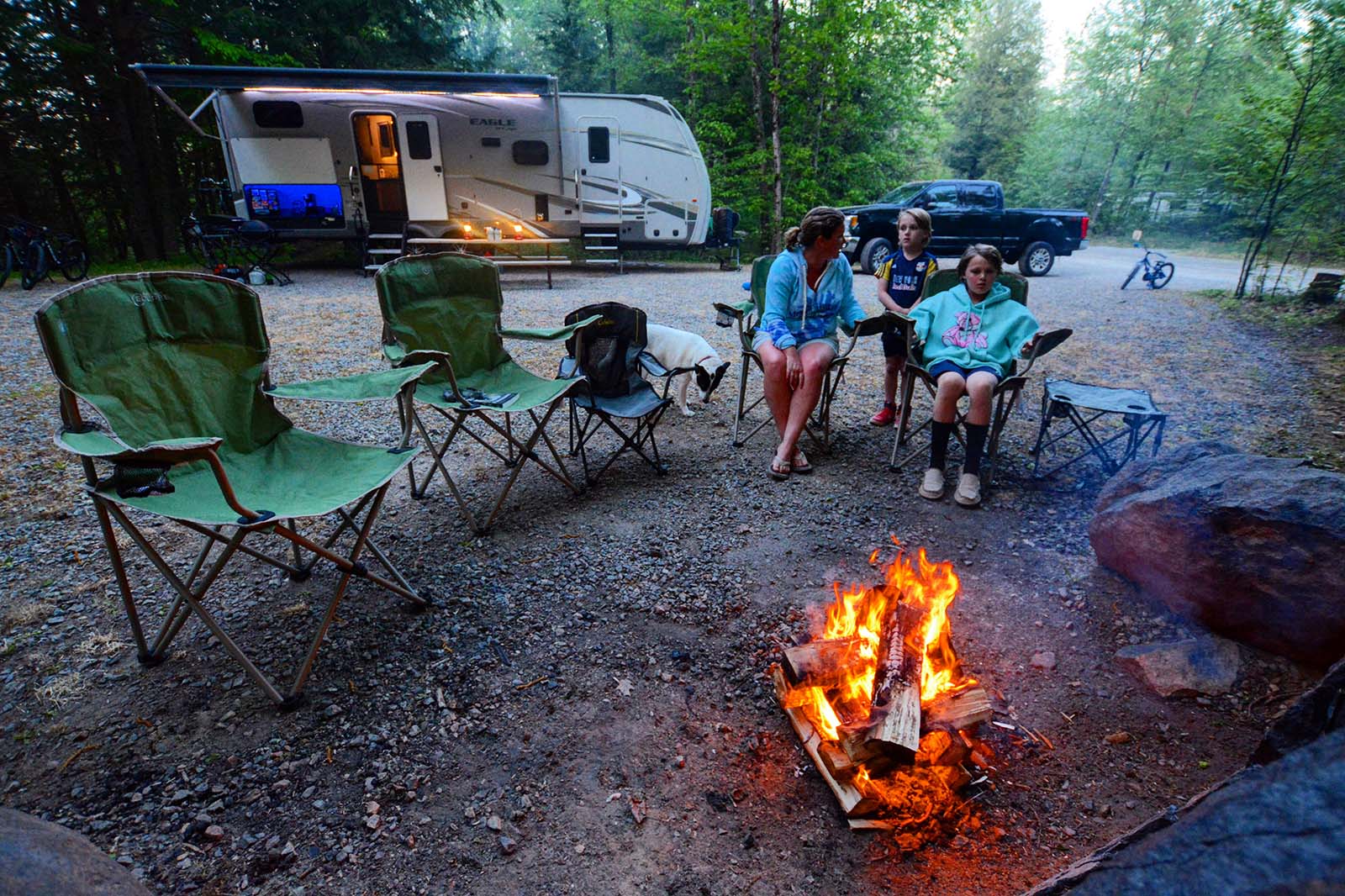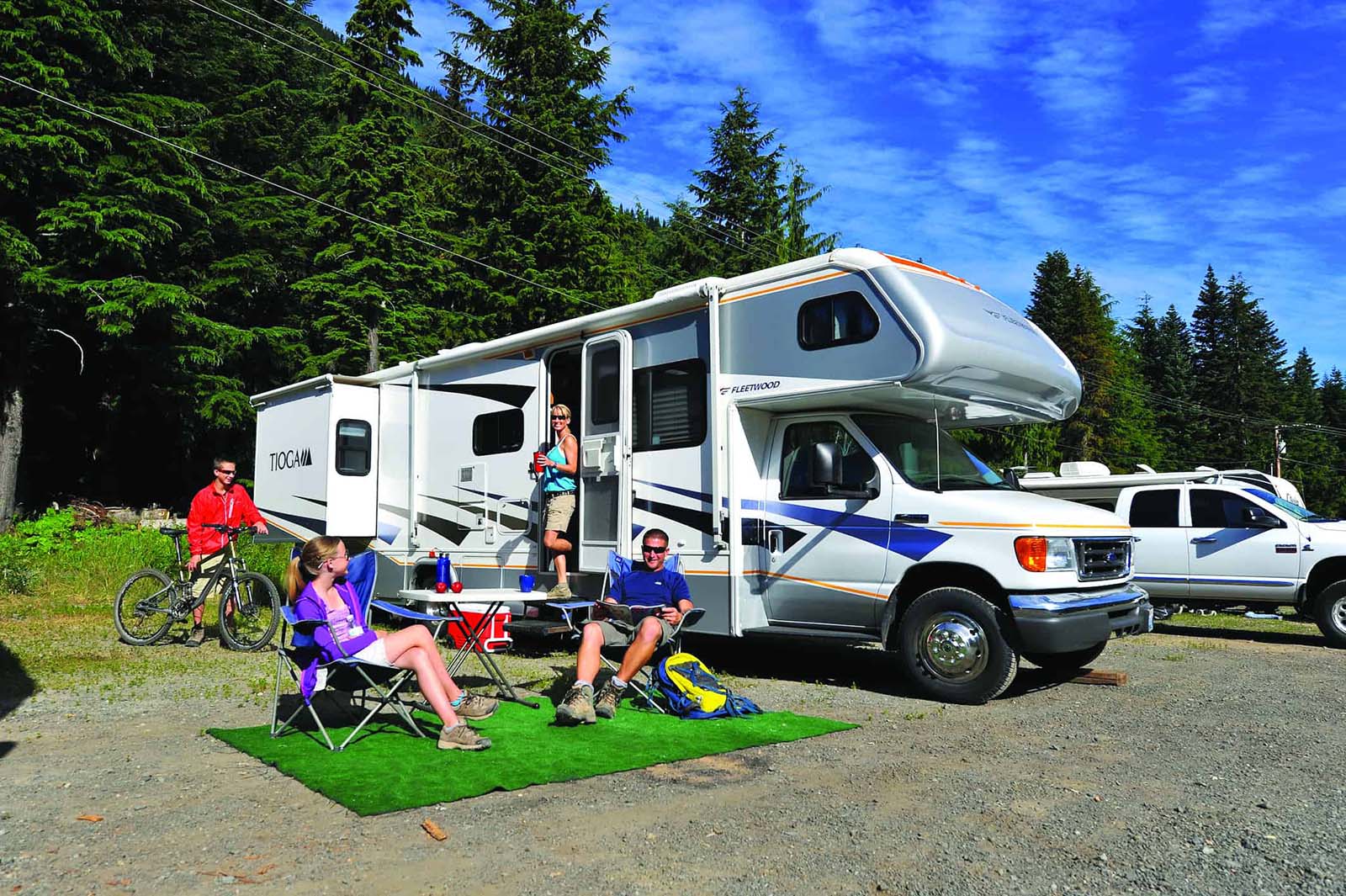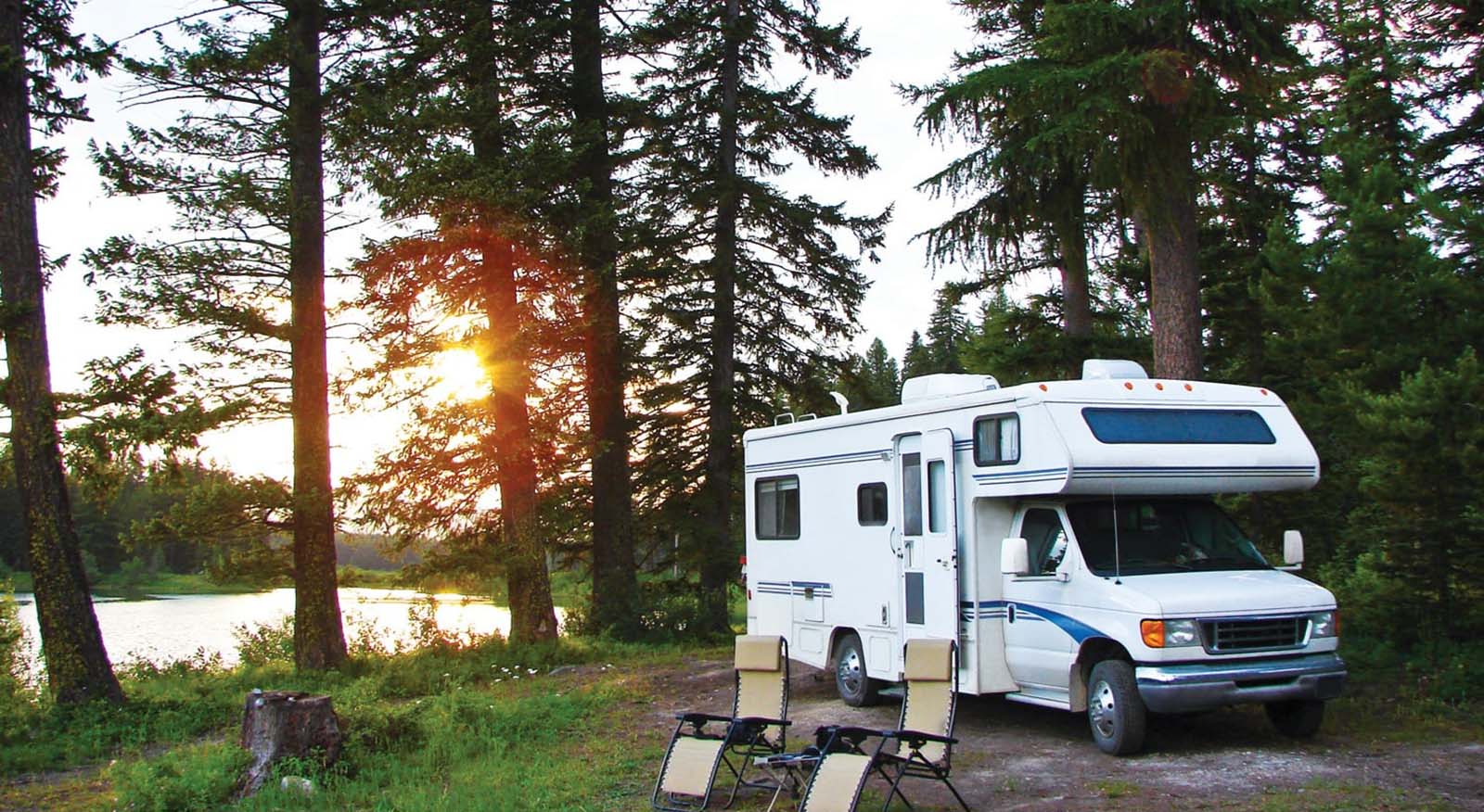Title: Charging Methods for House Batteries in an RV

Introduction: When it comes to powering the electrical appliances and systems in an RV, house batteries play a crucial role. These batteries provide electricity for lighting, appliances, and other devices while on the road or during camping trips. Understanding the charging methods for house batteries in an RV is essential to ensure a steady and reliable power supply. In this article, we will explore various charging methods and their significance in maintaining a well-functioning RV power system.
1. Solar Power Charging (h2): Solar power is an environmentally friendly and cost-effective method of charging house batteries in an RV. Installing solar panels on the RV’s roof harnesses the energy from the sun and converts it into electrical power. The solar panels charge the batteries during daylight hours, providing a consistent source of energy. This method is particularly suitable for off-grid camping or prolonged periods of boondocking.
2. Alternator Charging (h2): The alternator charging method utilizes the RV’s engine to charge the house batteries while driving. As the engine runs, the alternator produces electricity, which is then directed to charge the house batteries. An advantage of this method is that it recharges the batteries while on the move, eliminating the need for external power sources. However, this method is limited to times when the RV is in motion.

3. Shore Power Charging (h2): Shore power, also known as campground or external power, is a popular method of charging house batteries in an RV. When parked at a campsite or RV park, connecting an external power source via a power cord charges the batteries. This method provides a continuous and reliable source of electricity, allowing for the operation of various appliances and systems in the RV, such as air conditioning and larger electrical devices.
4. Generator Charging (h2): Using a generator is another efficient way to charge house batteries in an RV. Generators run on gasoline, diesel, or propane and produce electrical power that charges the batteries. This method is especially useful when boondocking or during power outages. Some RVs come equipped with built-in generators, while others may require the use of a portable generator.
5. Battery Charger Charging (h2): A battery charger is a device specifically designed to charge house batteries in an RV. When connected to an external power source, a battery charger controls the charging process, ensuring the batteries are charged efficiently and safely. This method is convenient when access to solar power, alternator charging, or shore power is not available. Battery chargers are compact and can be easily stored in the RV for emergency situations or regular battery maintenance.

Conclusion: Understanding the different charging methods for house batteries in an RV is essential for all RV owners. Whether it’s harnessing solar power, utilizing the RV’s alternator or generator, or connecting to shore power or a battery charger, having reliable power sources ensures a comfortable and enjoyable camping experience. Consider the specific needs and circumstances of your RV adventures to determine which charging methods suit you best. Remember, proper maintenance and regular checks on the battery system are vital for optimal performance and longevity.

